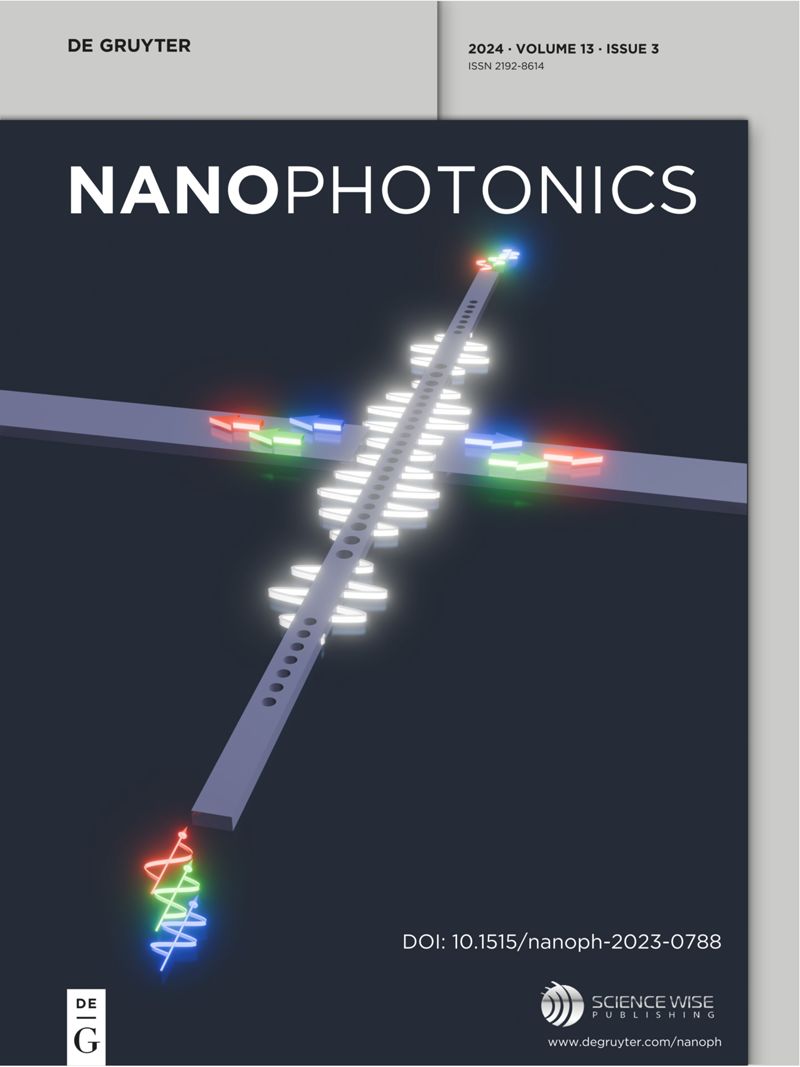Disordered plasmonic system with dense copper nano-island morphology
IF 6.5
2区 物理与天体物理
Q1 MATERIALS SCIENCE, MULTIDISCIPLINARY
引用次数: 0
Abstract
Dry synthesis is a highly versatile method for the fabrication of nanoporous metal films, since it enables easy and reproducible deposition of single or multi-layers of nanostructured materials that can find intriguing applications in plasmonics, photochemistry and photocatalysis, to name a few. Here, we extend the use of this methodology to the preparation of copper nano-islands that represent an affordable and versatile example of disordered plasmonic substrates. Although the island morphology is disordered, the high density of these nanostructures with large surface area results in a good homogeneity on a macroscale, which is beneficial for plasmonic applications such as bio-sensing and photo-catalysis. With cathodoluminescence and electron-energy-loss spectroscopies we confirm the nano-islands as sources of the local field enhancement and identify the plasmonic resonance bands in the visible and near-infrared spectral range. The decay dynamics of the plasmonic signal are slower in the nano-island as compared to bulk copper films, which can be rationalized by a reduced energy dissipation in the nano-island films. Our study demonstrates a robust and lithography-free fabrication pathway to obtain nanostructured plasmonic copper substrates that represent a highly versatile low-cost alternative for future applications ranging from sensing to photochemistry and photocatalysis.具有致密铜纳米岛形态的无序等离子体系统
干法合成是制造纳米多孔金属薄膜的一种高度通用的方法,因为它可以简单且可重复地沉积单层或多层纳米结构材料,这些材料可以在等离子体动力学、光化学和光催化等领域找到有趣的应用。在这里,我们将这种方法的使用扩展到铜纳米岛的制备,它代表了一种负担得起的、通用的无序等离子基板的例子。虽然岛状结构是无序的,但这些具有大表面积的高密度纳米结构在宏观尺度上具有良好的均匀性,这有利于等离子体在生物传感和光催化等领域的应用。通过阴极发光和电子能量损失光谱,我们证实了纳米岛是局部场增强的来源,并在可见光和近红外光谱范围内确定了等离子体共振带。在纳米岛中,等离子体信号的衰减动力学比体铜膜慢,这可以通过纳米岛膜中能量耗散的减少来解释。我们的研究展示了一种强大且无光刻的制造途径,可以获得纳米结构等离子体铜衬底,这代表了一种高度通用的低成本替代方案,可用于未来从传感到光化学和光催化的应用。
本文章由计算机程序翻译,如有差异,请以英文原文为准。
求助全文
约1分钟内获得全文
求助全文
来源期刊

Nanophotonics
NANOSCIENCE & NANOTECHNOLOGY-MATERIALS SCIENCE, MULTIDISCIPLINARY
CiteScore
13.50
自引率
6.70%
发文量
358
审稿时长
7 weeks
期刊介绍:
Nanophotonics, published in collaboration with Sciencewise, is a prestigious journal that showcases recent international research results, notable advancements in the field, and innovative applications. It is regarded as one of the leading publications in the realm of nanophotonics and encompasses a range of article types including research articles, selectively invited reviews, letters, and perspectives.
The journal specifically delves into the study of photon interaction with nano-structures, such as carbon nano-tubes, nano metal particles, nano crystals, semiconductor nano dots, photonic crystals, tissue, and DNA. It offers comprehensive coverage of the most up-to-date discoveries, making it an essential resource for physicists, engineers, and material scientists.
 求助内容:
求助内容: 应助结果提醒方式:
应助结果提醒方式:


